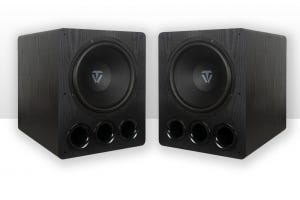We hear the terms HDTV, and Full HD thrown around often. What does it all mean anyway?
The two significant differences between analogue and digital are screen format and resolution. HDTV is the highest form of digital television. With a widescreen ratio 16:9, HDTV is easier for our eyes to follow (left to right) than the old analogue square screen (up and down). Its’ resolution comes in either 720p, 1080i or 1080p (Full HD), which essentially explains the number of lines that create the picture. The picture is better when it has more lines, similar to when you refer to the dpi of your camera. The “P” - progressive or “I” – interlaced, is determined by the scan method used by the television to display the image. Keep in mind that progressive is a quicker processing method and can reload the images twice as fast as the interlaced method. This allows a clearer, crisper image with better colour.
Given that the PAL analogue system uses 576 lines, you can understand how HD can give you a much sharper viewing experience. It is important to note however that the majority of television we watch is broadcast in 720p, which means even if your television is capable of 1080p or 1080i, currently you may not achieve the full line potential of your purchase. Bluray and some online content are using Full HD 1080p right now, so you can take advantage of your television’s full capabilities. It’s not a bad thing to plan ahead, so when stations do increase their broadcast to Full HD, you will be ready to go! Many of the online and store retailers are moving to stock mostly Full HD (1080), so price is very competitive in this market. Shop around for the model that suits you.






